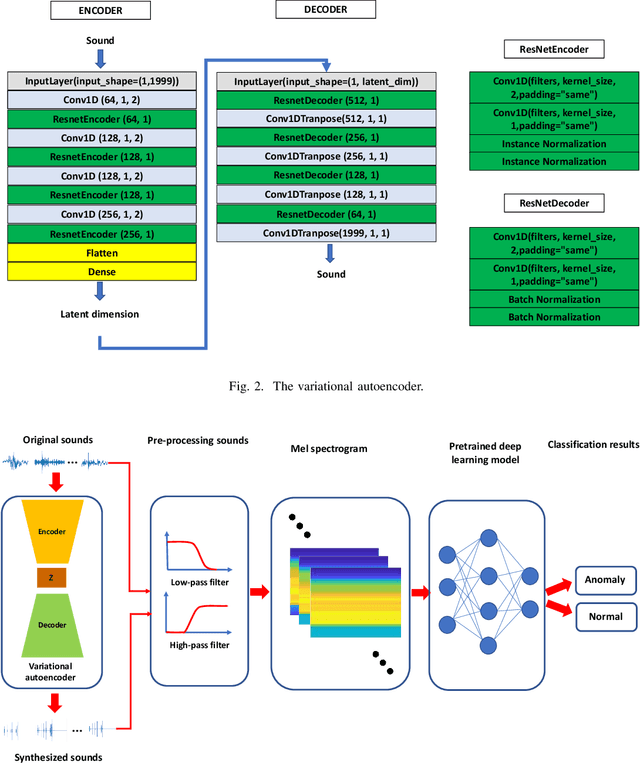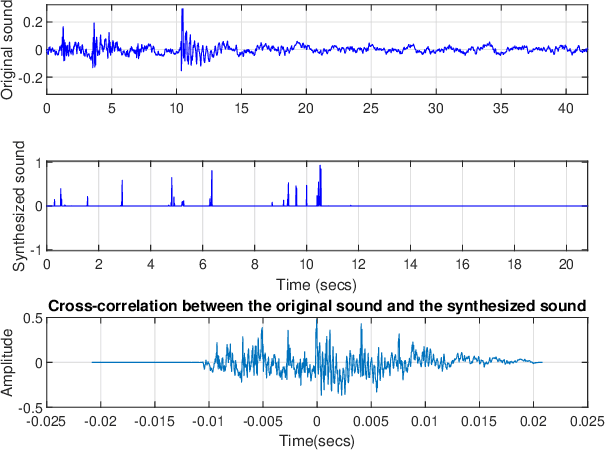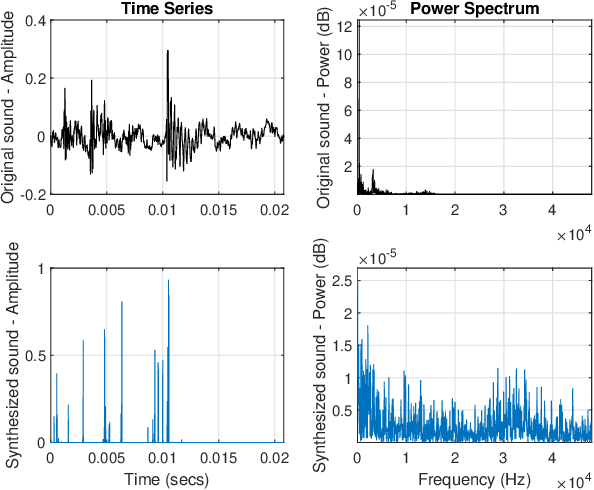An artificial neural network-based system for detecting machine failures using tiny sound data: A case study
Paper and Code
Sep 23, 2022



In an effort to advocate the research for a deep learning-based machine failure detection system, we present a case study of our proposed system based on a tiny sound dataset. Our case study investigates a variational autoencoder (VAE) for augmenting a small drill sound dataset from Valmet AB. A Valmet dataset contains 134 sounds that have been divided into two categories: "Anomaly" and "Normal" recorded from a drilling machine in Valmet AB, a company in Sundsvall, Sweden that supplies equipment and processes for the production of biofuels. Using deep learning models to detect failure drills on such a small sound dataset is typically unsuccessful. We employed a VAE to increase the number of sounds in the tiny dataset by synthesizing new sounds from original sounds. The augmented dataset was created by combining these synthesized sounds with the original sounds. We used a high-pass filter with a passband frequency of 1000 Hz and a low-pass filter with a passband frequency of 22\kern 0.16667em000 Hz to pre-process sounds in the augmented dataset before transforming them to Mel spectrograms. The pre-trained 2D-CNN Alexnet was then trained using these Mel spectrograms. When compared to using the original tiny sound dataset to train pre-trained Alexnet, using the augmented sound dataset enhanced the CNN model's classification results by 6.62\%(94.12\% when trained on the augmented dataset versus 87.5\% when trained on the original dataset).
 Add to Chrome
Add to Chrome Add to Firefox
Add to Firefox Add to Edge
Add to Edge